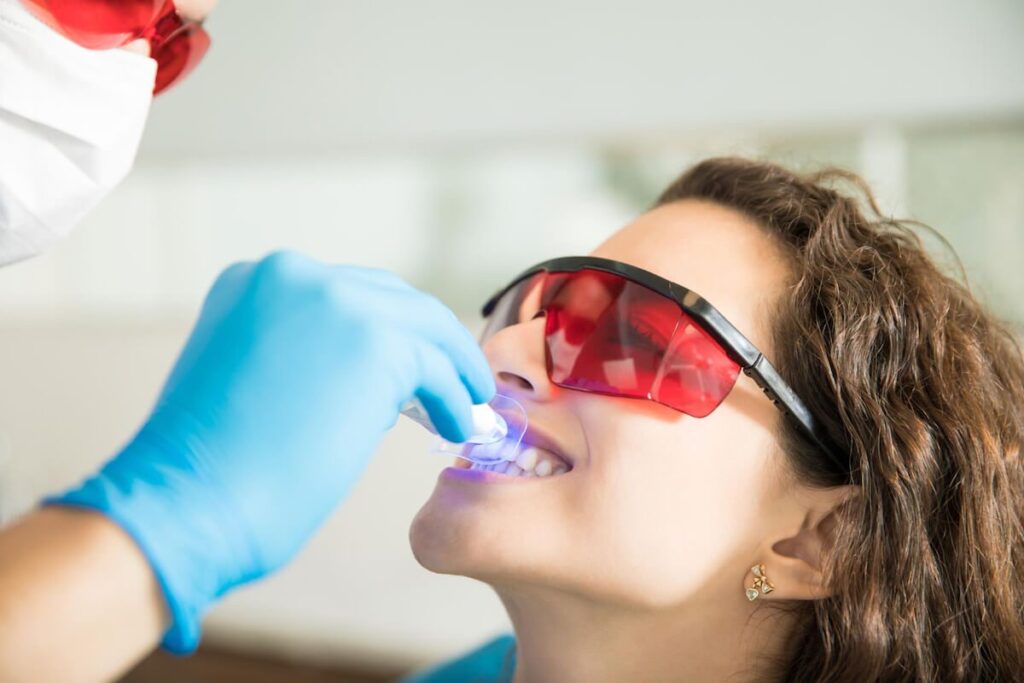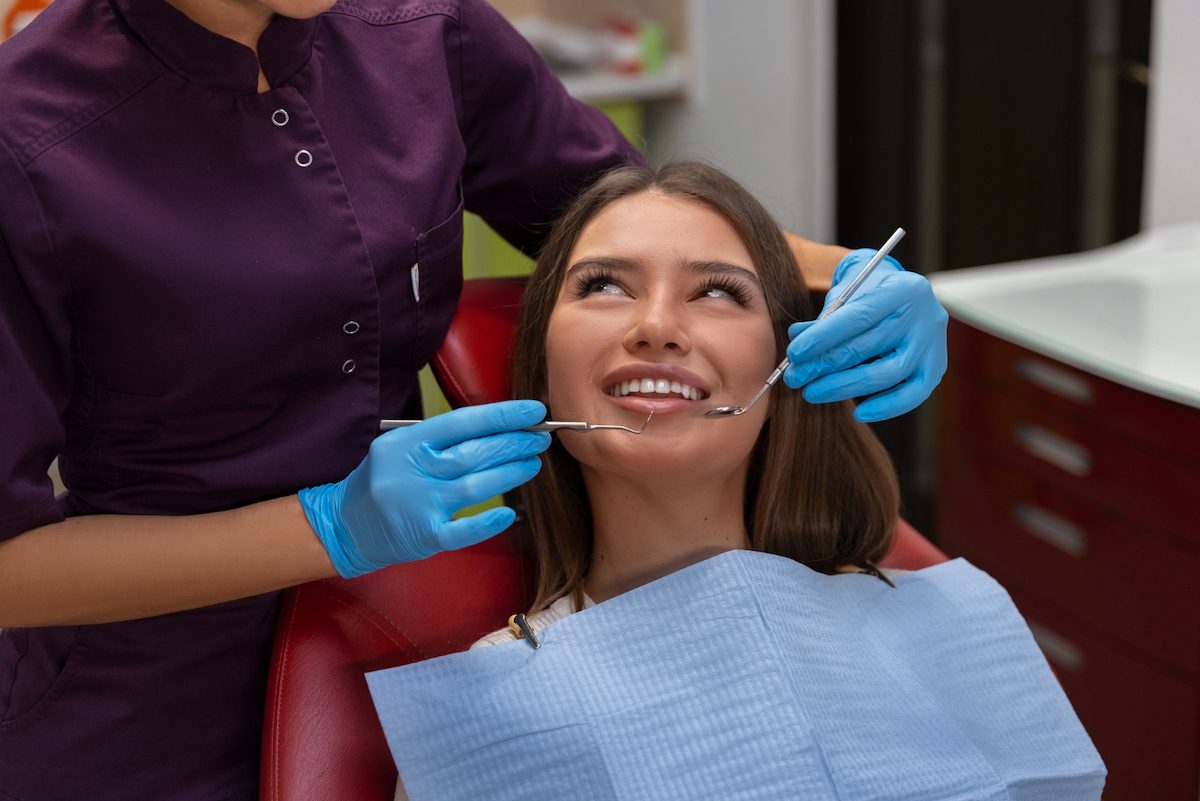Understanding Sleep Apnea: A Brief Overview
Sleep apnea is a common yet serious sleep disorder characterized by intermittent pauses in breathing during sleep. These disruptions can lead to a host of health issues, including daytime fatigue and cardiovascular complications. Understanding the basics of sleep apnea is critical for residents of Brisbane who are experiencing related symptoms.
At its core, sleep apnea can be classified into three main types: obstructive sleep apnea, central sleep apnea, and complex sleep apnea syndrome. Each type has different underlying causes but can produce similar symptoms, making accurate diagnosis essential for effective treatment.
Symptoms and Risks of Sleep Apnea
Individuals suffering from sleep apnea may experience a range of symptoms. The most common signs include loud snoring, episodes of gasping or choking during sleep, excessive daytime sleepiness, and difficulty concentrating. Additionally, sleep apnea can also lead to more serious health consequences.
Brisbane residents facing the challenges of sleep apnea have various testing options available. By understanding the nature of sleep apnea test Brisbane, the types of testing, preparation steps, and what to consider when finding a local service, they are better equipped to navigate the journey to better sleep health.
The risks associated with untreated sleep apnea extend beyond simple fatigue. Long-term effects can include high blood pressure, heart disease, stroke, and diabetes. Learning to recognize these symptoms is the first step in obtaining a proper diagnosis and beginning the journey towards treatment. Furthermore, sleep apnea can also exacerbate existing health conditions, such as asthma or chronic obstructive pulmonary disease (COPD), making it imperative for individuals to seek medical advice if they suspect they may be affected.
Read about benefits of sleep apnea test at: Discover Your Sleep Type The Benefits of Taking a Sleep Type Test
The Importance of Diagnosis and Treatment
Getting diagnosed is crucial as untreated sleep apnea can have detrimental health impacts. The correct diagnosis allows healthcare providers to craft personalized treatment plans, which may include lifestyle changes, continuous positive airway pressure (CPAP) therapy, or surgical interventions.
Residents should understand that maintaining a healthy sleep pattern is directly correlated with overall well-being. Early diagnosis and appropriate treatment can significantly improve quality of life and reduce the risk of serious health complications. Additionally, support groups and educational resources are available in Brisbane, providing individuals with the necessary tools and community support to manage their condition effectively. Engaging with these resources can empower patients to take control of their health and foster a deeper understanding of sleep hygiene practices that can enhance their overall sleep quality.

Different Types of Sleep Apnea Tests
When individuals suspect they have sleep apnea, various testing options are available. These tests can offer insights into a person’s sleep patterns and help validate the presence of sleep apnea. It’s essential to be fully informed about these options to choose the most appropriate for your situation.
Home Sleep Tests
Home sleep tests have gained popularity due to their convenience and comfort. These tests involve using a simplified monitoring device that can be used in the patient’s home environment. While they provide valuable insights, they may not capture as comprehensive data as in-lab tests.
Before opting for a home test, it’s essential to consult with a healthcare professional who can guide whether this option meets individual needs. Home sleep tests are typically considered for patients with a high likelihood of obstructive sleep apnea. Additionally, these tests often measure key parameters such as airflow, breathing patterns, and oxygen saturation levels, which can help in identifying potential apnea episodes. However, it’s crucial to ensure that the home testing device is properly calibrated and that the patient understands how to use it effectively to obtain accurate results. Read more about oxygen at https://oxygen.patten.edu/
In-Lab Sleep Tests
In-lab sleep testing, also known as polysomnography, is often seen as the gold standard for diagnosing sleep apnea. Conducted in a controlled sleep clinic, these tests monitor a wide variety of physiological signals while the patient sleeps, including brain activity, eye movements, heart rate, and respiratory effort.
This method provides comprehensive data that can be critical for getting an accurate diagnosis. While in-lab tests can be more intrusive and expensive than home tests, they are generally recommended for patients with complex medical conditions or those with suspected central sleep apnea. During the test, patients are typically connected to multiple sensors that monitor their body’s functions throughout the night, allowing clinicians to observe how various factors may contribute to sleep disturbances. The environment is designed to mimic a home setting as closely as possible, which can help patients feel more at ease despite the monitoring equipment.
Nocturnal Polysomnography
Nocturnal polysomnography is a specific type of in-lab sleep test that captures detailed information about a person’s sleep cycles and respiratory events. This thorough examination can help health providers identify not only sleep apnea but also other sleep disorders.
The detailed data gathered through nocturnal polysomnography can include oxygen levels, snoring patterns, and leg movements, leading to a comprehensive picture of a patient’s sleep health. Following this detailed assessment, practitioners can recommend tailored treatment plans that address the patient’s specific condition. Furthermore, nocturnal polysomnography can also evaluate the effectiveness of various treatment options, such as CPAP therapy, by comparing pre- and post-treatment data. This ongoing assessment is crucial for ensuring that patients receive the most effective interventions for their sleep apnea and related disorders, ultimately improving their overall quality of life and sleep hygiene.
Preparing for Your Sleep Apnea Test
Preparing for a sleep apnea test, whether it’s in-lab or home-based, involves certain steps to ensure accurate results. Understanding these preparations can alleviate anxiety and facilitate a smooth testing process.
What to Expect During the Test
During a home sleep test, individuals will need to set up a monitoring device that includes sensors to track breathing, heart rate, and oxygen levels. Users are typically instructed to sleep normally, which allows for the most accurate readings. This means you should try to replicate your usual sleep position and habits, as any deviations could skew the results. It’s also helpful to keep a sleep diary leading up to the test, noting your sleep patterns and any symptoms you experience, which can provide valuable context for your healthcare provider.
If opting for an in-lab test, expect a more structured environment. Technicians will attach monitoring devices to your head, face, chest, and limbs. Although it may feel intrusive, these devices are critical for gathering accurate data on your sleep patterns. The lab will be equipped with video monitoring to observe your sleep behavior, and you may be asked to stay overnight. While the setting may feel unfamiliar, many labs strive to create a comfortable atmosphere, often allowing you to bring personal items to help ease any anxiety. Click here to find more about anxiety.
Tips for a Successful Test
To ensure a successful sleep apnea test, preparation is key. On the night before the test, maintain a regular sleep schedule and avoid caffeine or alcohol, as these substances can affect sleep quality. It’s also advisable to wear comfortable clothing and create a conducive sleep environment. Consider dimming the lights and minimizing noise in your bedroom to promote relaxation. If you have a favorite bedtime routine, such as reading or listening to calming music, stick to it to help you unwind.
For in-lab tests, communicate any sleep medications you’re currently taking with the testing staff, as they can influence the results. Bringing familiar items such as a pillow or blanket can make the experience more comfortable. Additionally, it may be beneficial to discuss any concerns or questions you have with the staff before the test begins. They are there to help you through the process and can provide reassurance about what to expect. Remember, the goal of the test is to gather the most accurate information possible, which will ultimately lead to better management of your sleep apnea and improved overall health.

Interpreting Your Sleep Apnea Test Results
Deciphering sleep test results can be daunting, but understanding them is crucial for moving forward with treatment. The results will typically indicate the severity of sleep apnea based on the number and duration of apneas during sleep. Sleep apnea is a serious condition that can lead to various health complications, including cardiovascular issues, daytime fatigue, and impaired cognitive function, making it essential to grasp the details of your test results.
Understanding Your Test Scores
Test scores are generally presented in terms of the apnea-hypopnea index (AHI), which indicates the number of apneas or hypopneas per hour of sleep. A higher AHI score suggests more severe sleep apnea. For instance, an AHI of 5 to 15 is considered mild, 15 to 30 is moderate, and over 30 indicates severe sleep apnea. Additionally, the report may include information on oxygen saturation levels, which can provide insight into how well your body is receiving oxygen during sleep. This data is vital, as prolonged drops in oxygen levels can lead to serious health risks.
It’s recommended to discuss the results thoroughly with your healthcare provider, who can explain the implications of your scores and how they relate to your symptoms and overall health condition. They can also help clarify any medical jargon that might be confusing, ensuring you leave the appointment with a comprehensive understanding of your situation. This dialogue is crucial, as it sets the stage for your treatment journey and empowers you to take an active role in your health.
Next Steps After Diagnosis
Once a diagnosis of sleep apnea is confirmed, treatment options will become the next focal point. This may include lifestyle changes such as weight management and positional therapy, or the use of CPAP machines to keep the airways open during sleep. Lifestyle adjustments can be particularly effective; for example, regular exercise and a balanced diet not only help manage weight but also improve overall sleep quality. Additionally, avoiding alcohol and sedatives before bedtime can significantly reduce the frequency of apneas.
In some cases, surgical options may be explored depending on the severity and type of sleep apnea diagnosed. Procedures can range from minimally invasive techniques to more extensive surgeries aimed at removing excess tissue from the throat or correcting structural issues. Ongoing follow-up appointments to monitor progress and effectiveness of the treatment will be set to ensure that patients achieve the best outcomes. During these visits, your healthcare provider may recommend repeat sleep studies to assess how well the treatment is working and make any necessary adjustments to your care plan. This proactive approach is vital for managing sleep apnea effectively and improving your quality of life.
Finding Sleep Apnea Testing Services in Brisbane
For Brisbane residents, locating the right testing service is vital for obtaining an accurate diagnosis. The choice between different providers can affect the type of testing available and the quality of care received.
Factors to Consider When Choosing a Testing Service
When selecting a sleep apnea testing service, several factors should be considered. Look for accredited facilities with a strong reputation among patients and healthcare professionals. Availability of both in-lab and home testing options can provide flexibility in managing your diagnosis.
Additionally, assessing the qualifications and experience of the staff can offer peace of mind. Ensure that the service is compliant with local health regulations and standards, which is essential for quality care.
Insurance and Cost Considerations
Cost can be a significant factor when approaching sleep apnea testing services. Many health insurances cover part of the costs associated with sleep apnea tests, but it’s vital to verify coverage with your insurance provider beforehand.
Researching the costs of different sleep study options and understanding what’s included in the pricing will help you make an informed decision. It’s also advisable to compare prices between different facilities in Brisbane to find a service that fits your budget.

